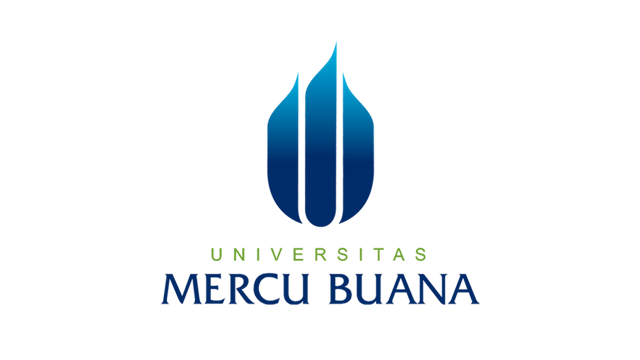MECHANICAL STUDY OF 9CR-SS316L-1MO MATERIAL FOR CLADDING NUCLEAR FUEL POWER REACTORS
Mayda Purnama, Usman Sudjadi
Abstract
In this research, SS316 steel and modified 9Cr-1Mo steel were developed. The aim is to analyze the results of the hardness test, impact test, bending test, and microstructure. The Mo element was chosen because it has a relatively small microscopic cross-section of the neutron, which is 2.6 barn. The element Mo is in the same periodic period as Zr and Nb, so that the mechanical properties and so on are not much different. In this study, samples of SS316L steel and modified 9Cr-1Mo steel were made. Samples material of 90% SS316L + 9% Cr + 1% Mo were melted by electric arc melting. Tempering was carried out after the smelting process was completed. The sample consisted of 6 pieces, 1 sample did not receive tempering treatment while the other 5 samples received tempering treatment at 100°C, 200°C, 300°C, 400°C, and 500°C. The samples were tested using various methods including Rockwell hardness test, impact test, microstructure test, bending test, and examination of other properties of the material samples. Hardness, impact, and bending test results as well as the samples microstructure were analyzed. The highest decrease in hardness value was in specimen 1 (non-treatment) which was 21.33 HRc and the lowest decrease was in specimen 6 (heat treatment at 500°C) which was 16.66 HRc. For the results of the impact energy test (EI) with an average value, there was not too much difference, namely the highest value was 1.0034 joules/mm2 in specimen 2 (heat treatment at 100°C) and the lowest value was 1.0020 joules/mm2 in specimen 6 (heat treatment at 500°C). The results of the microstructure test showed that the ferrite and pearlite content is still present in the test object. The highest bending test result in sample 6 with 500°C tempering had a maximum load-bearing strength of 1050 Newton so that the bending strength was 7875 kgf/cm2 and the lowest result was in sample 1 without tempering having a maximum load-bearing strength of 670 Newton so that the bending strength was 5025 kgf/ cm2
Keywords
Mechanical Properties; Physical Properties; 9Cr-SS316L-1Mo; Nuclear Fuel Cladding; Power Reactor
References
Aferdiansyah, R. Affuwani, N. Hafizah, M. A. E., Triharjanto, R. H. & Nugroho W. The measurement of potential risk of fire and explosion at gas station to anticipate of non-military threats. Int. J. Innov. Mech. Eng. Adv. Mater. 2021; 3(3): 105-111.
IAEA. Fast reactors and related fuel cycles: next generation nuclear systems for sustainable development (FR17). Proceedings of an International Conference Held in Yekaterinburg, Russian Federation. 2017.
Kartaman, A. M. Nurlaely, E. Putri, A. S. D. Kundari, N. A. & Sihotang, J. C. Research Report of Center for Nuclear Fuel Technology BATAN. 2019.
Asayama, T. & Ohtsuka, S. Development of Core and Structural Materials for Fast Reactors. Proc. of an Int. Conf. Held in Yekaterinburg, Russian Federation. 2017; 62.
Sorokin, A. A. Margolin, B.Z. Kozlov, A.V. & Barsanova, S.V. Fracture starin and fracture toughness prediction for irradiated austenitic steels over wide range of temperatures taking into account the effect of swelling and thermal aging. Proc. of an Int. Conf. Held in Yekaterinburg, Russian Federation. 2017; 162.
Harjanto, N. T. Application of layered defense concepts and double barriers in nuclear power plant safety systems. Nuclear Device Management Seminar Center for Research and Development of Nuclear Fuel Technology BATAN. 2008; 155.
DOI:
http://dx.doi.org/10.22441/ijimeam.v4i2.16832
Refbacks
- There are currently no refbacks.
Copyright (c) 2022 Mayda Purnama, Usman Sudjadi

This work is licensed under a
Creative Commons Attribution-ShareAlike 4.0 International License.
INDEXED IN







International Journal of Innovation in Mechanical Engineering and Advanced Materials (IJIMEAM)
Published by:
 Universitas Mercu Buana
Universitas Mercu BuanaProgram Studi S2 Teknik Mesin
Jl. Meruya Selatan No. 1, Kembangan, Jakarta 11650, Indonesia
Phone/Fax. (+6221) 5871335
Email
[email protected]Homepage
mercubuana.ac.id/magister-teknik-mesin
This work is licensed under a Creative Commons Attribution-ShareAlike 4.0 International License.






















